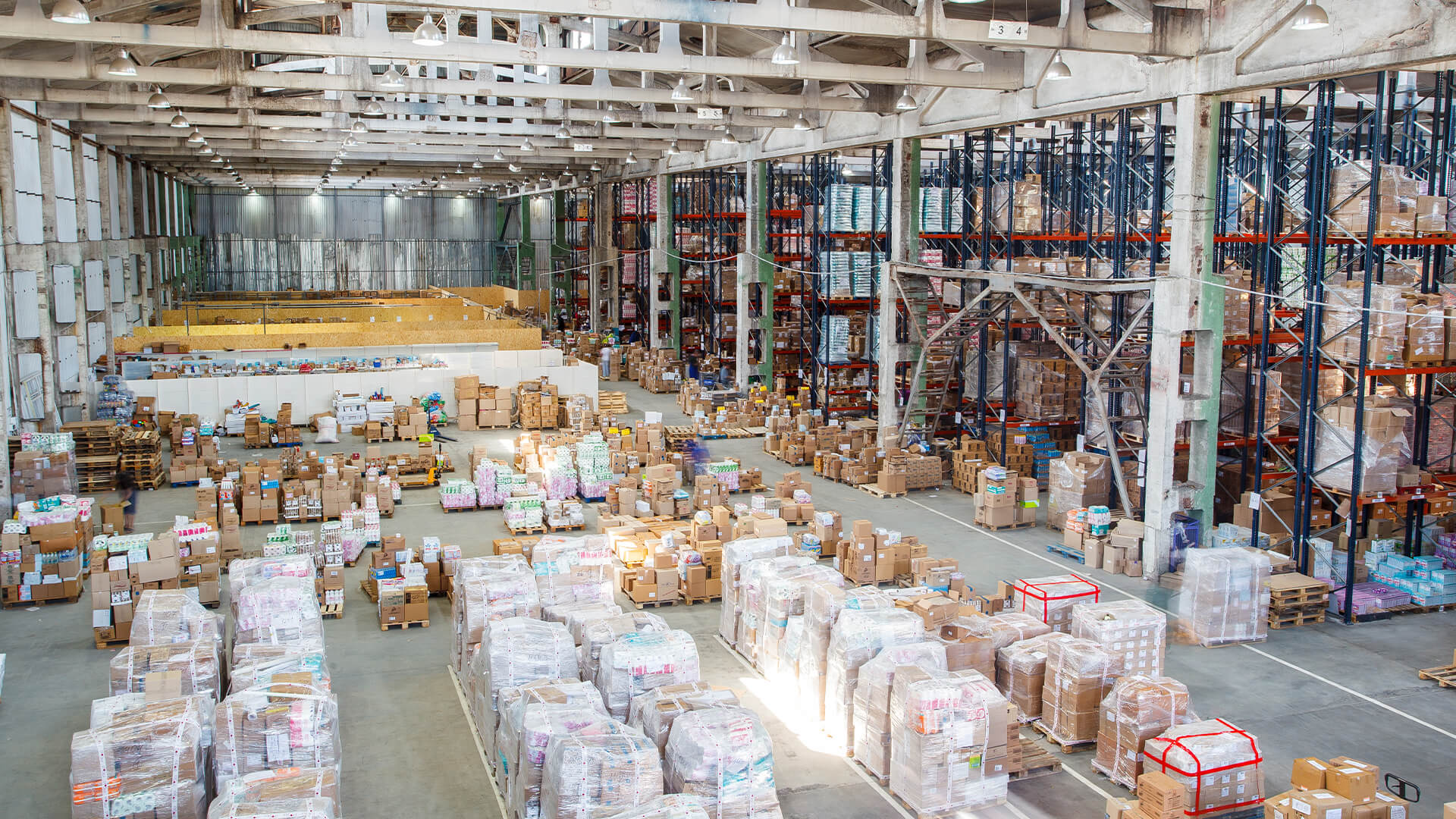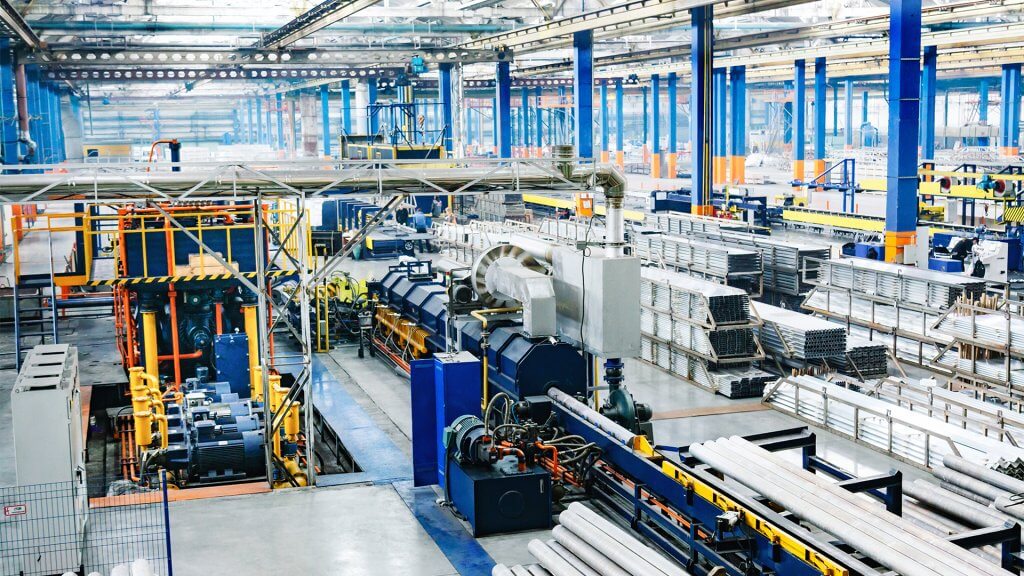The self-storage market is growing on the back of long-term secular trends. In Europe, the market is set to grow by over 4% compounded over the next five years. The industry has proved recession proof given the favorable supply-side economics. Investment and development of self-storage facilities has remained relatively flat in the last few years. This is in spite of demand for self-storage facilities exploding. This has made self-storage an attractive investment for income-seeking investors.
Why is the Self-Storage Market Growing?
One of the triggers of the boom has been shifts in housing sparked by the pandemic: remote work meant that people no longer had to stay in the city in small housing or apartments. People moved to suburbs or smaller towns, in search of higher quality of life. That triggered a demand for self-storage units to help people move.
For those people who can not move to smaller towns or suburbs, they face living in small spaces as they accumulate more and more things, which they need self-storage units to store in.
In addition, businesses moved from large headquarters to smaller satellite offices, and that meant there was a lot of office equipment and furniture that needed to be stored somewhere because it could not fit in all the satellite offices. Business storage is responsible for 30% of the market in Europe.
An aging population and an increase in the divorce rate has boosted demand for self-storage units.
These shifts are expected to continue into the furniture. In addition, growing urbanization, lifestyle changes, and other factors have contributed to growth.
Are There Enough Self-Storage Facilities in Europe?
Supply in Europe has been slow to grow. For instance, in the United Kingdom, there are 1,582 units, of which 381 give container storage, while 765 provide business storage. Units cover 0.68 square feet of space per person, compared to 1.8 square feet in Australia and 9.4 square feet in the United States. So what you have is a lot of demand and very little supply.
The continent itself has suffered from undersupply. Across Europe, there are 4,350 facilities, or 9 per million people, compared to 160 per million people in the United States. The market remains fragmented, with the top 10 operators controlling just 25% of those facilities. As investment flows, the industry is expected to consolidate, raising profitability throughout.
What Was the Impact of the Pandemic?
The initial impact of the pandemic was to slow down growth in the market. This is because of restricted mobility, and disruptions in the supply chain. This resulted in a decline of production of units combined with a decline in demand, although the market continued to grow.
How Do Operators Sell their Units?
Data suggests that as many as 88% of operators list their prices online. Some 60% of operators allow customers to reserve self-storage pods online. Over 96% of operators allow electronic access to units.
How Have Investors Responded?
In 2020, the European self-storage market received €250 million in investment. The Legal & General Investment Management (LGIM) created a fund in 2019 to exploit the market opportunity.
Shugard, the region’s biggest operator, has been growing aggressively, especially in France and Germany. British fund manager, Metric Capital Partners, has also been investing throughout the continent. Banks have also invested in the sector, with Lok’nStore, for instance, receiving financing in 2020 from The Royal Bank of Scotland and Lloyds Bank.
Investment has been rising thanks to the fact that self-storage provides a reliable stream of income. Supply-constraints have kept returns high. The lack of options has led to investors using joint ventures and forward commitments in order to participate in the sector.
Growth is expected to continue over the next few years, giving investors lots of opportunities to earn stable returns.


























